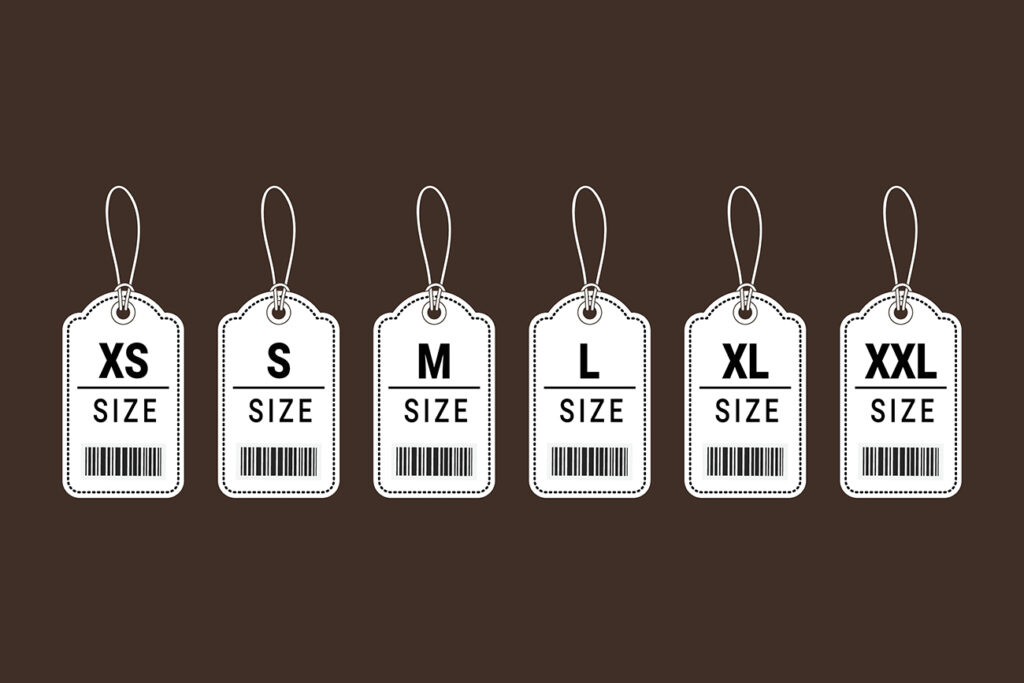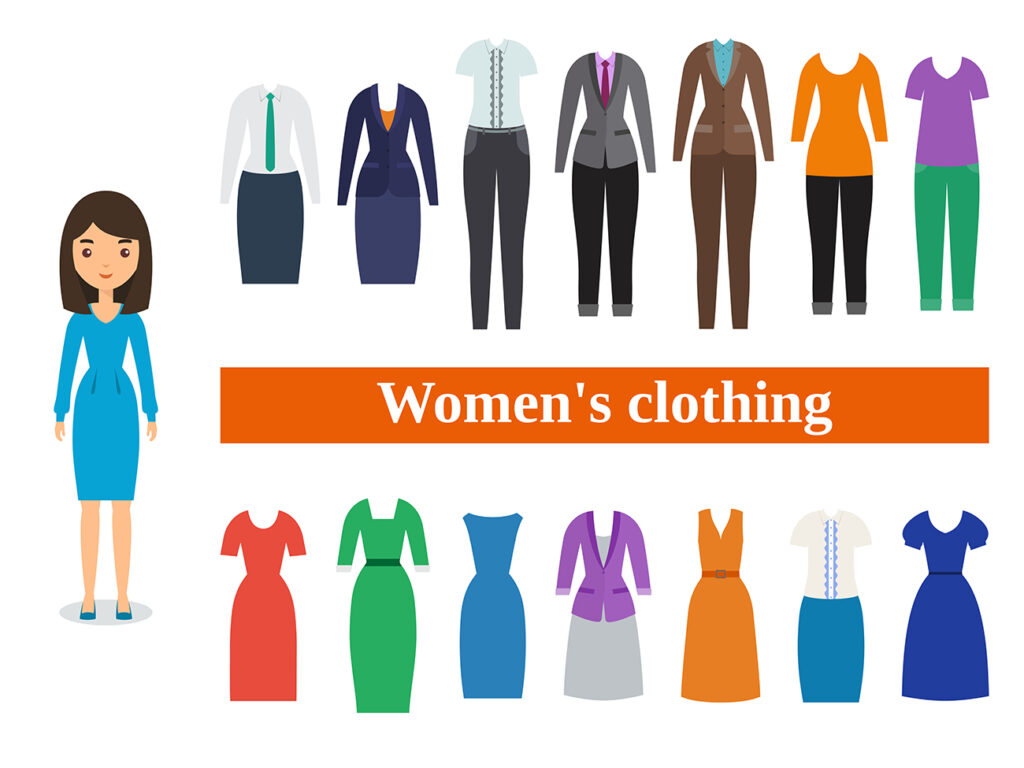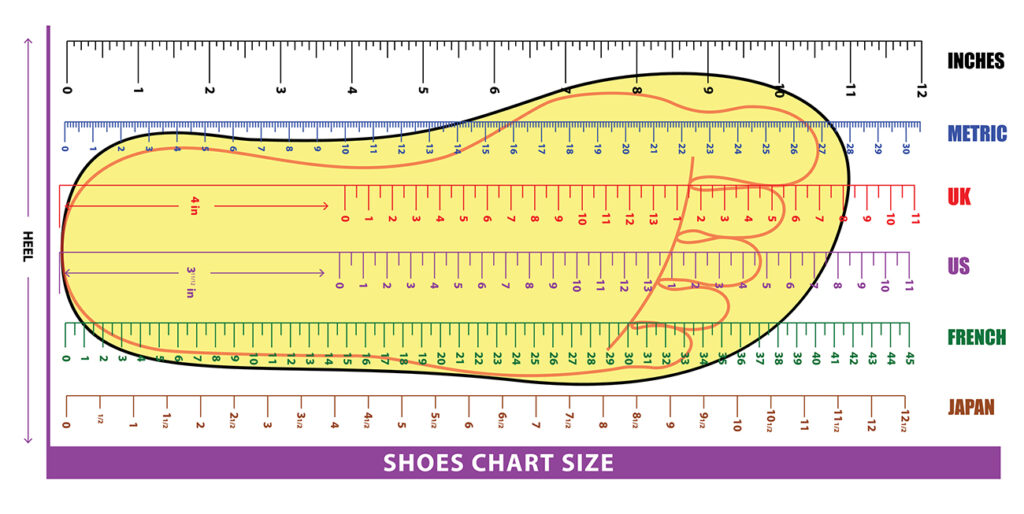
Navigating Japanese Clothing Sizes: A Guide for Western Shoppers
If you’re coming from Western countries, Japanese clothing sizes can be quite perplexing. For example, a girl who typically wears a size small in the U.S. (a size 4/UK size 8) would need a large in Japan. Moreover, “one-size-fits-all” rarely fits Western girls, except for hats. While this might feel discouraging, remember that the number on the tag isn’t what matters—it’s how you look and feel in the clothes.
 Understanding Japanese women’s clothing sizes
Understanding Japanese women’s clothing sizes
Japan uses a different sizing system from Western countries, so it’s essential to compare the sizes directly. Generally, U.S. sizes are about five sizes larger than Japanese women’s sizes. For example, a U.S. size 4 translates to a Japanese size 9, and a U.S. size 12 is a Japanese size 17 (considered plus-size). Converting UK sizes is simpler—just add one to the UK size to get the Japanese size (e.g., a UK size 8 becomes a Japanese size 9).
Japanese clothing sizes for dresses, jackets, and blouses use these conversions, while pant sizes are usually labeled by waist measurement in centimeters. For instance, a 28-inch waist is 71 centimeters. Some stores use sizes in increments of two, so a 71 cm waist might be labeled as a size 70 or 72.
Many stores also use “small,” “medium,” and “large” for both pants and tops, but these sizes can vary significantly between stores. Expect to size up, especially if you have wider hips or a larger bust. At trendy stores like those in Shibuya 109, many items are one-size, making it challenging to find the right fit if you deviate from the average Japanese size. Fortunately, some brands, like PUNYUS by WEGO, now offer larger sizes, up to 6L (about a U.S. size 16).
Women’s shoe sizing
Finding shoes in Japan is straightforward since sizes are measured by foot length in centimeters. A U.S. size 8 (UK size 6) corresponds to a Japanese size 24.5 or 25. However, it’s difficult to find women’s shoes larger than size 25, except in specialty stores. Japanese shoes also tend to be narrower than Western shoes. Some stores use S, M, L, and LL sizes, where S is about 23 cm, M is 23.5 cm, L is 24 cm, LL is 24.5 cm, and LLL is 25 cm (sometimes 26 cm). A “model size” (モデルサイズ) indicates shoes over 24 cm, which cater to taller women with larger feet.
Bra sizing
Bras can be tricky for foreign women, as Japanese bras often have more padding and lace than Western styles. Japanese bras use a combination of cup size and under-bust size (band size). A U.S. size 32 converts to a Japanese size 70, a 34 to size 75, and a 36 to size 80. For cup sizes, size up one or two cups (e.g., a 32A becomes a 70B). The largest cup size in many stores is a D (size E in Japan).
Men’s clothing sizes
For men, a U.S. shirt size 14 converts to a Japanese size 36, with each half-size increase adding one to the Japanese size (e.g., U.S. size 14.5 is Japanese size 37). Men’s coats and suits are typically labeled as small, medium, and large, with a U.S. size 34-36 being small, 38-40 medium, 42-44 large, and 44-46 extra-large. Pant sizes are based on waist measurements in centimeters (e.g., a 28-inch waist is 71 cm, a 32-inch waist is 81 cm, and a 36-inch waist is 91 cm).
Men’s shoes are also measured in centimeters and tend to be wider than women’s shoes. Most stores carry sizes up to U.S. size 10 (UK 9.5), which is a Japanese size 28. Larger sizes can be found at bigger shoe stores and online.
Children’s clothing sizes
Japanese children’s clothing sizes are labeled by the child’s height in centimeters. For example, size 60 fits a child up to 3 months old, size 70 up to 6 months, size 80 up to one year, size 90 up to two years, size 95 up to three years, size 100 for 3-4 years, size 110 for 5-6 years, and size 120 for 7-8 years. It may be necessary to size up depending on the child’s height, weight, and chest size. Uniqlo’s online store offers children’s clothes up to 160 cm.
Shopping tips
Armed with this size information, you can confidently navigate the world of Japanese clothing. While you may not always find the perfect size and style, remember, like Tim Gunn says, “make it work!” If you use a shopping service, you can also find second-hand clothing, often in excellent condition.

